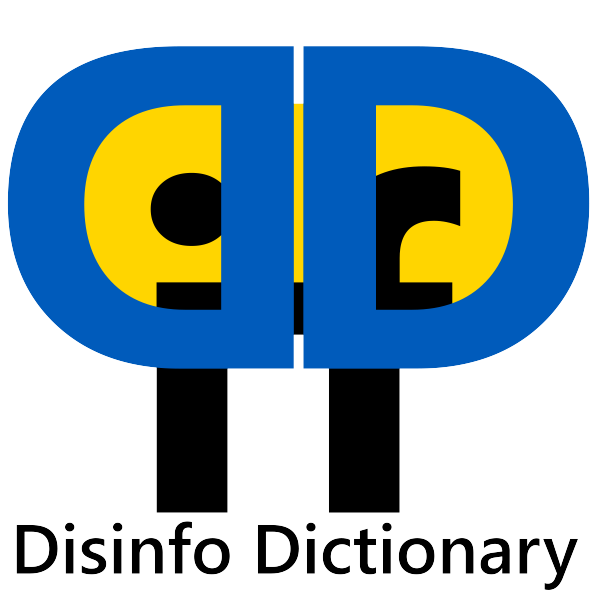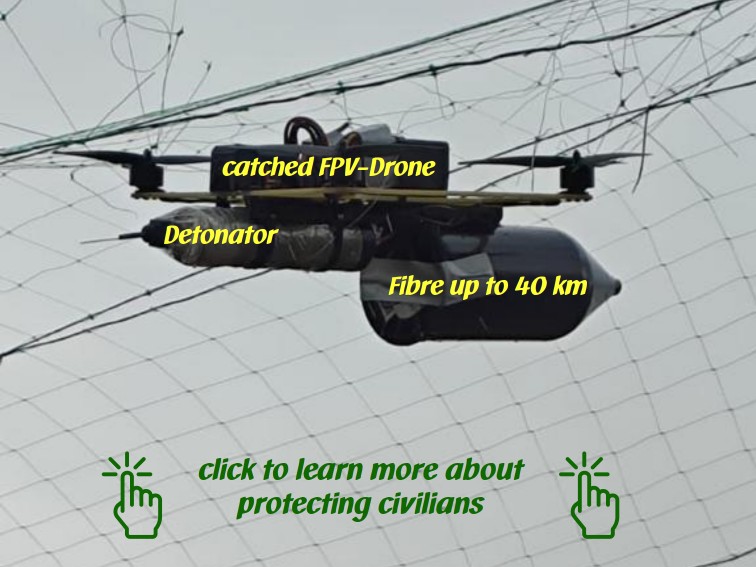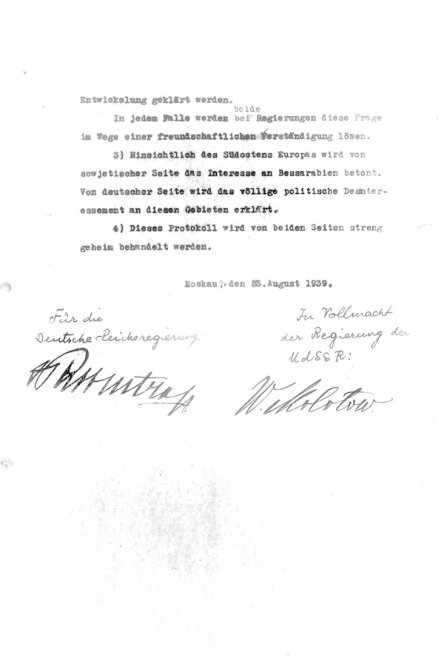125 WW2 responsibility
Who started World War II? Did you know that Hitler and Stalin had agreed to wage war against Poland? Read more about the Hitler-Stalin Pact.
Molotov-Ribbentrop Pact
- Russia triggered World War I
- Hitler and Stalin started World War II together with an agreement to divide Poland between them
- Germany was held accountable—rightly so—while Russia was rewarded with territorial gains
125.1 World War I
The assassination of Archduke Franz Ferdinand, heir to the Austro-Hungarian throne, and his wife in Sarajevo is considered the trigger for World War I.
With the assassination, the Serbian Pan-Slavists, supported by Russia, wanted to once again make clear their demand for a Serbian nation state independent of Austria-Hungary.1
125.2 World War II
125.2.1 Hitler-Stalin Pact
The Hitler-Stalin Pact was also known as the Molotov-Ribbentrop Pact:
The Hitler-Stalin Pact had far-reaching consequences for the whole of Europe: it not only paved the way for the German invasion of Poland on September 1, 1939, which marked the beginning of World War II. The secret additional protocol also provided for the division of the countries of Eastern and Central Europe into spheres of influence between Hitler’s Germany and the Soviet Union, marking the beginning of a period of tyranny for millions of people that did not end until 1989/90.2
It was not until after World War II that the secret additional protocol to the Hitler-Stalin Pact became known. In the Warsaw Pact countries, the existence of the agreement was denied until 1989. Documents proving its authenticity were dismissed as Western propaganda and forgeries.3
Germany had declared the German–Polish declaration of non-aggression invalid on April 28, 1939, secured the support of the Soviet Union on August 23, 1939, and invaded Poland on September 1, 1939. The Soviet Union broke the Soviet–Polish Non-Aggression Pact by signing the Hitler-Stalin Pact on August 24, 1939, and invading Poland on September 17, 1939. To this day, the Hitler-Stalin Pact remains a blind spot on the map of Germans, who have by no means adequately processed their past:5
However, the history of perceptions of the two-year murderous alliance between Hitler and Stalin shows that European memory politics—especially German-Russian memory politics—still have major gaps today. In propaganda and the history of perception, the “devil’s pact” (Julián Gorkin) was woven into the greatest web of lies of the 20th century, as French historian Jean-Jacques Marie described.
The success story of the Soviet Union as the victorious power in World War II continues to overshadow and suppress the alliance and cooperation between fascism and Stalinism in the official “German-Soviet friendship,” and German leniency toward Stalinism further contributes to this amnesia.
Lies and propaganda narratives, relativizations, or outright denials spread by interested parties have contributed to the fact that historical research is still far from a comprehensive understanding of the “pact with the devil.” Legitimizing narratives remain en vogue.
Today, documents from Russian secret archives raise new questions. Had Stalin not already set out much earlier than 1939 to reach a lasting agreement with Nazi Germany? Was there not a secretly pursued plan? A secret meeting at the Russian embassy on Unter den Linden in February 1933 shows that Moscow abandoned Hitler’s opponents without a word shortly after Hitler’s “seizure of power,” thereby betraying its own comrades.
Beyond the joint destruction of Poland and the agreed subjugation of Eastern Central Europe, German-Russian cooperation included logistical support for the Wehrmacht’s campaigns of conquest through the supply of oil, industrial raw materials, and grain from the Soviet Union and other states, the destruction of democracies, the weakening of the anti-Hitler opposition and resistance, the liquidation of left-wing solidarity, and the extradition of Hitler’s opponents to the Gestapo.
125.2.2 Conquests
During World War II, Russia annexed half of Europe, partly under the guise of puppet regimes: - Poland - Baltic States (Estonia, Latvia, Lithuania) - Karelia - Bukovina and Bessarabia (Romania) - Transcarpathia - East Prussia with Königsberg - East Germany - Czechoslovakia - Hungary - Romania - Bulgaria - Albania
See also Chapter 89.
125.3 Cold War
During the Cold War, the destructive Russian Empire did not remain idle and carried out the following “military operations” (= war) in Europe alone under the name “Soviet Union”  :
:
- Blockade of West Berlin
- Suppression of the uprising of June 17, 1953, in the GDR
- Suppression of the Hungarian uprising in 1956
- Suppression of the Prague Spring
125.4 Interwar period
Even after the collapse of the Soviet Union, Russia attempted to expand and control “its” colonies by military force
- Occupation of Transnistria in 1992
- Destruction of Grozny in the First Chechen War from 1994 to 1996
- Renewed destruction of Grozny in the Second Chechen War 1999-2009
- Advance on Priština 1999-2003
- Attempt to shift the border with Ukraine by building a dam to the island of Tusla
- Invasion of Crimea and Donbas with unofficial Russian troops and mercenaries in 2014
- Unpunished crossing of red lines with the use of poison gas and destruction of several cities in Syria in 2015
- Crossing of red lines with the use of poison gas and destruction of several cities in Syria in 2015
125.5 World War III
The unprovoked, large-scale Russian invasion of Ukraine, aimed at conquest and destruction, will one day be regarded by historians as the beginning of World War III 
Landeszentrale für politische Bildung BW (Juli 2020) Der Erste Weltkrieg – Überblick. https://www.lpb-bw.de/erster-weltkrieg-zusammenfassung↩︎
Bundesstiftung Aufarbeitung (August 2021) Der Hitler-Stalin-Pakt. https://www.bundesstiftung-aufarbeitung.de/de/recherche/dossiers/der-hitler-stalin-pakt↩︎
Bundeszentrale für politische Bildung (Februar 2022) Vor 80 Jahren: Hitler-Stalin-Pakt https://www.bpb.de/kurz-knapp/hintergrund-aktuell/190237/vor-80-jahren-hitler-stalin-pakt/↩︎
Bundeszentrale für politische Bildung (September 2022) Zusatzprotokoll “Hitler-Stalin-Pakt”. https://www.bpb.de/themen/nationalsozialismus-zweiter-weltkrieg/der-zweite-weltkrieg/203800/zusatzprotokoll-hitler-stalin-pakt/↩︎
Bernhard H. Bayerlein (8. Juni 2025) Stalin-Hitler-Pakt reloaded. Deutsch-russische Kollaborationen im 20. und 21. Jahrhundert. https://geschichtedergegenwart.ch/20643-2/↩︎




